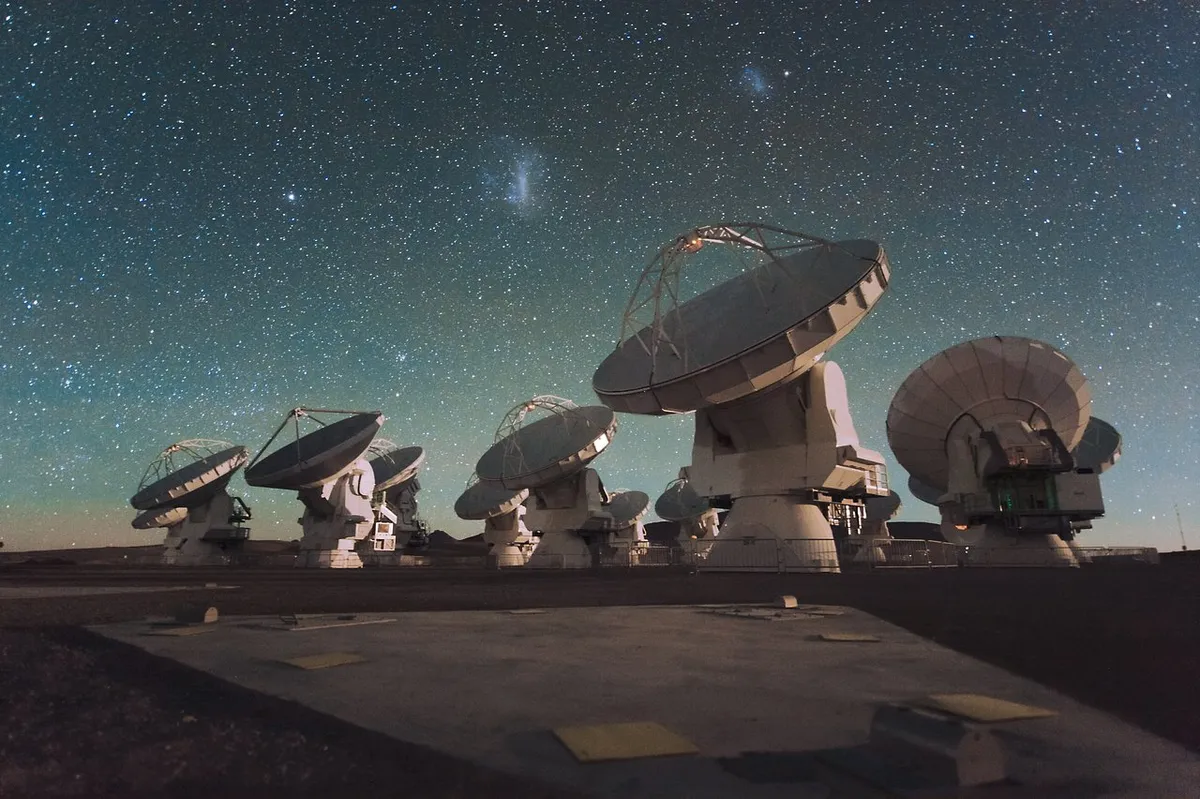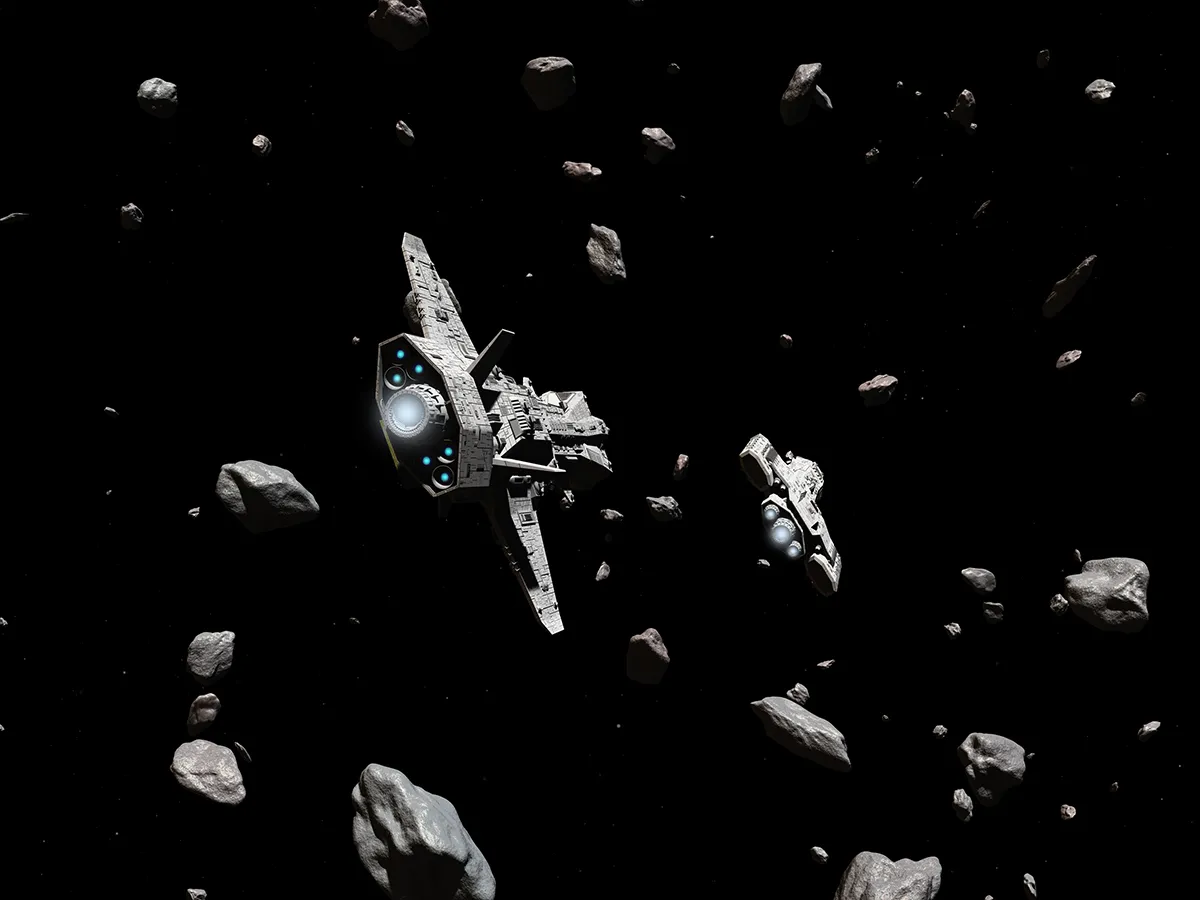Space is dark. That much is obvious to anyone. But how dark?
Look up on a clear night in the middle of winter and all that appears to be surrounding the stars is inky blackness.
At the centre of our Solar System lies the Sun, which casts brilliant light and warmth onto the planets of the Solar System.
And, of course, there are all the other billions of stars whose light should surely be illuminating the night sky. Why hasn't their light reached us yet?

Olbers' paradox
If the Universe is filled with billions and billions of stars, why isn't the night sky ablaze with starlight?
This is an age-old problem that astronomers refer to as Olbers' paradox, named after the German astronomer Heinrich Olbers.
Many earlier astronomers like Johannes Kepler also advanced the notion.
No-one has sufficiently answered the problem of Olbers' paradox.
It could be that stardust is obscuring star light from the human eye; perhaps the Universe is still too young for all the starlight to have reached us.
Or could it be that light from distant stars has been red-shifted by the expansion of the Universe?
But let's ignore Olbers' paradox for a moment.

How dark is outer space?
How dark is outer space beyond the Solar System? Would two spaceships flying together in the deep, dark Universe be able to see each other?
It's difficult to know for sure, but there are some inferences that can be made.
One astronomer attempted to answer how dark space is by collating the brightnesses of known stars and galaxies, and in the answer converges at a visual magnitude of –6.5, or 0.3% as bright as a full Moon.
Obviously, this average brightness would not stay the same as you journey through the Galaxy: near the galactic centre, far more stars are packed closely together.
Now, whether two space ships could see each other solely by this dim starlight would depend on the shininess of the spacecraft (mirrored or matt black) and whether they carried a telescope on board.
But think how difficult it is to see anything on a dark, moonless night on Earth.
Ocean-going ships passing within just a few miles would struggle to see each other if it weren’t for their navigational lights.
This article originally appeared in the March 2010 issue of BBC Sky at Night Magazine.
